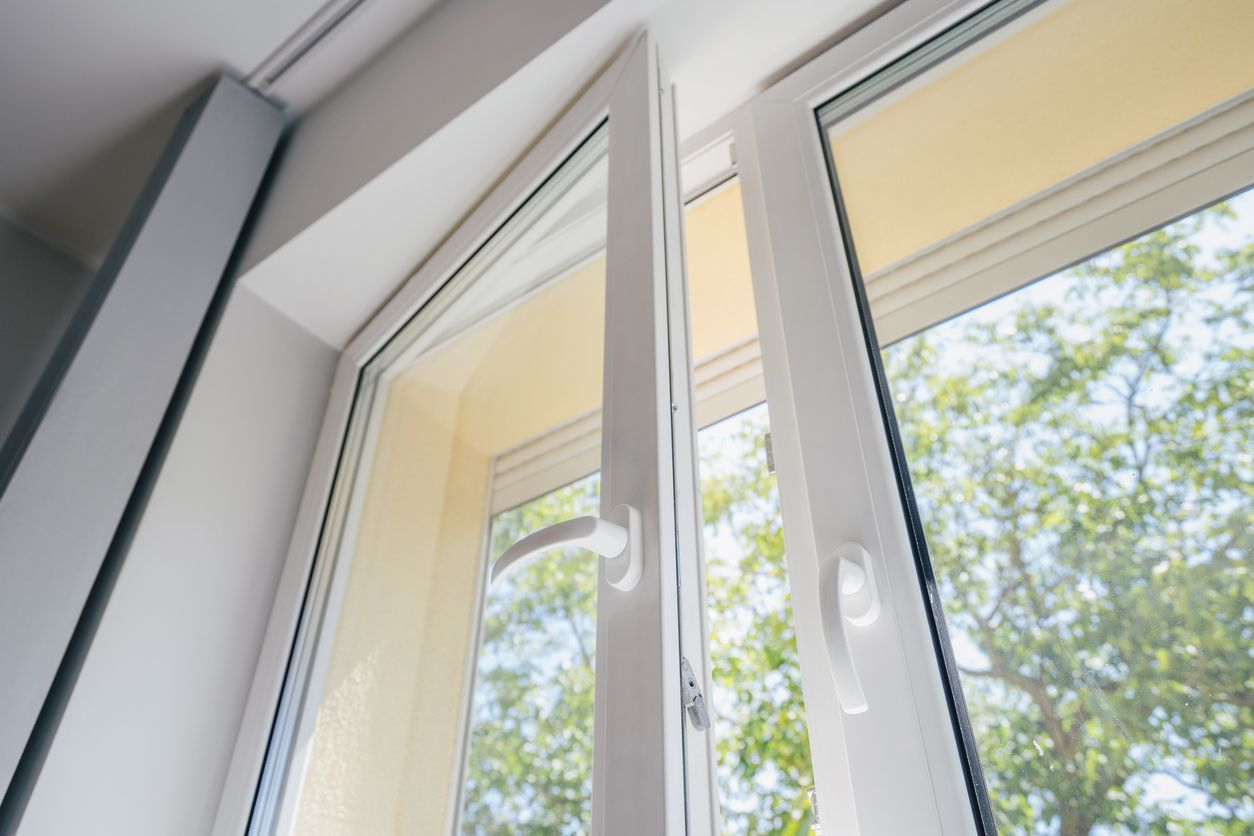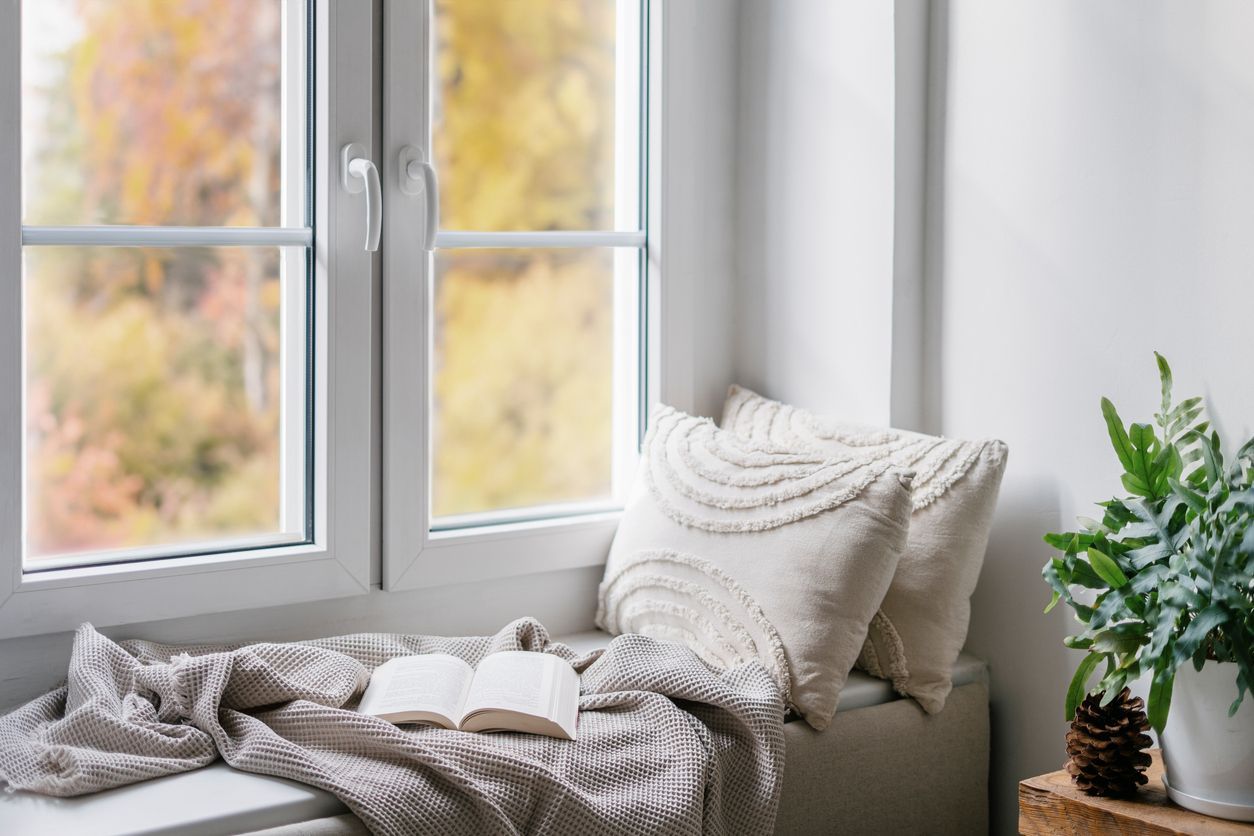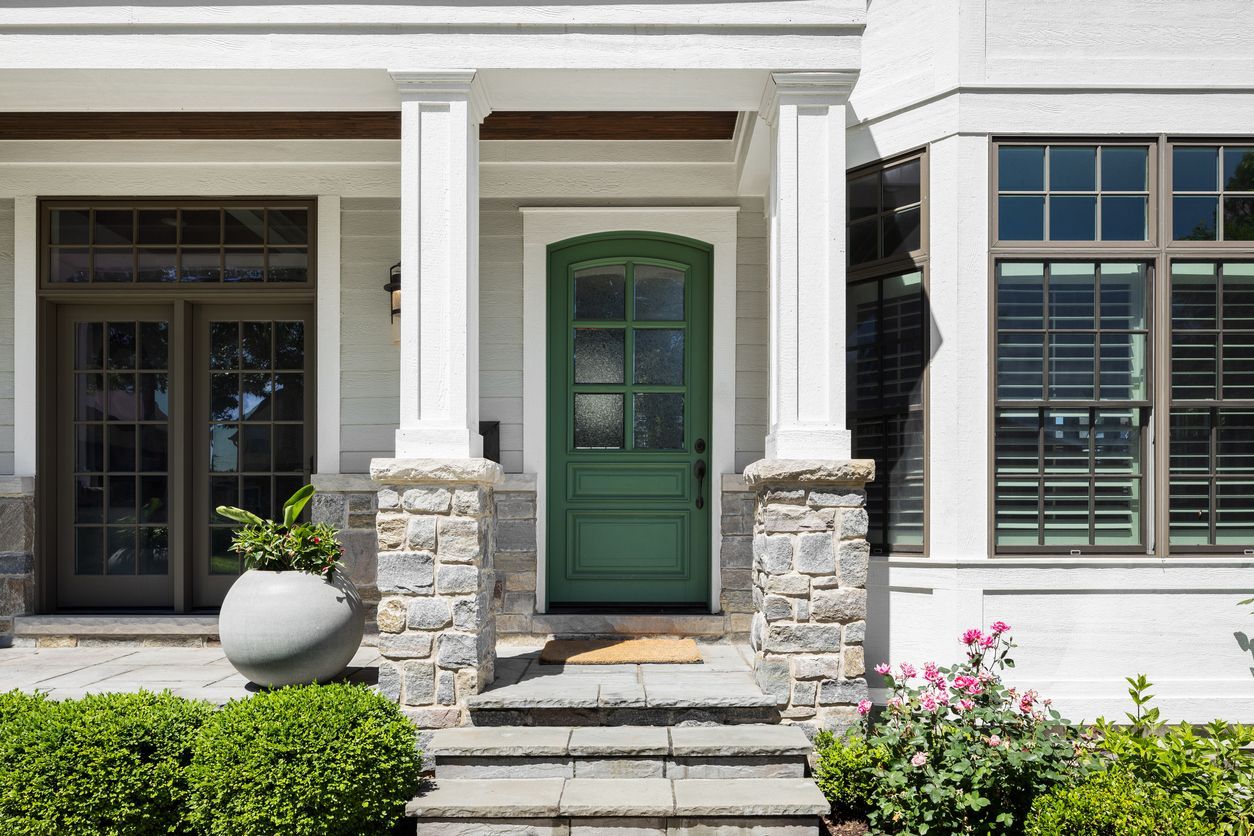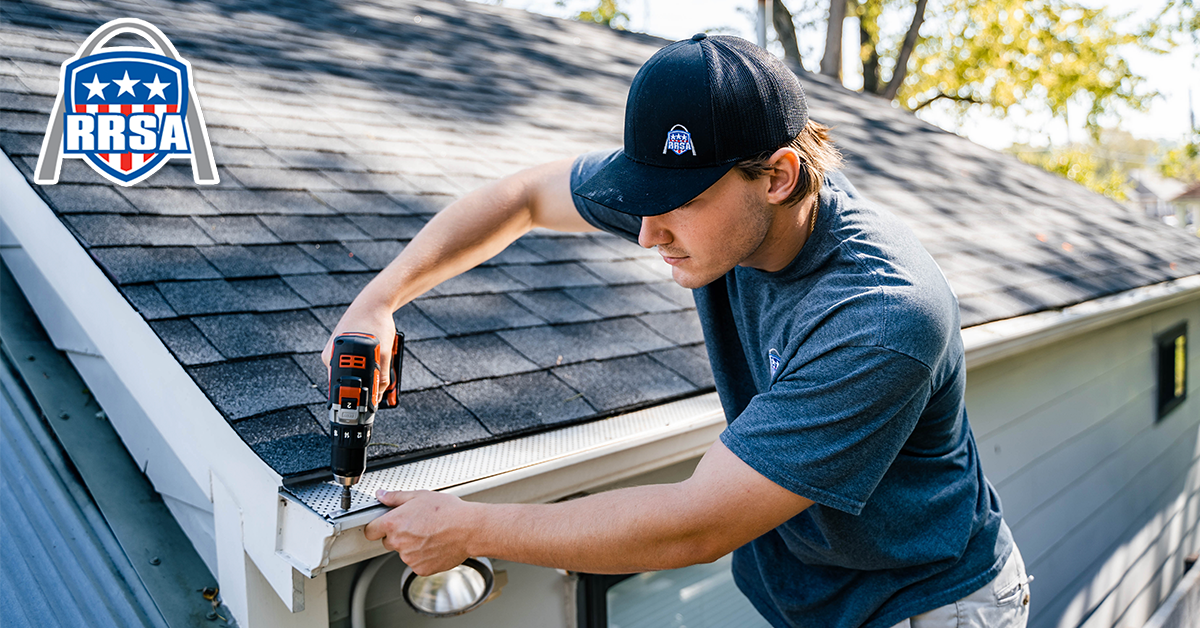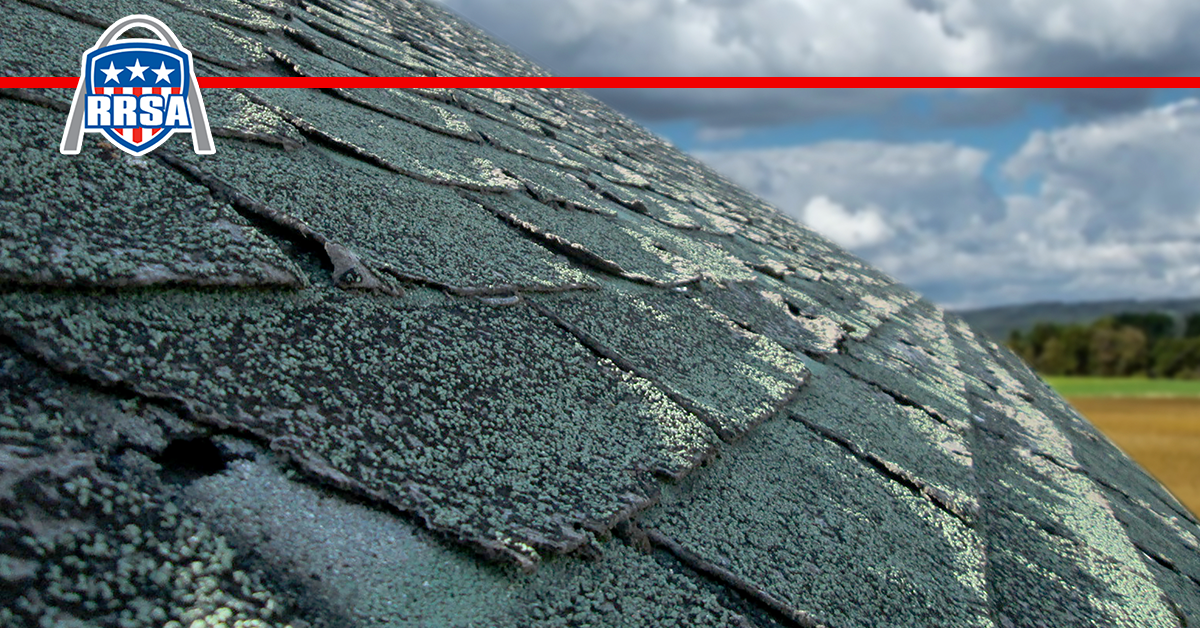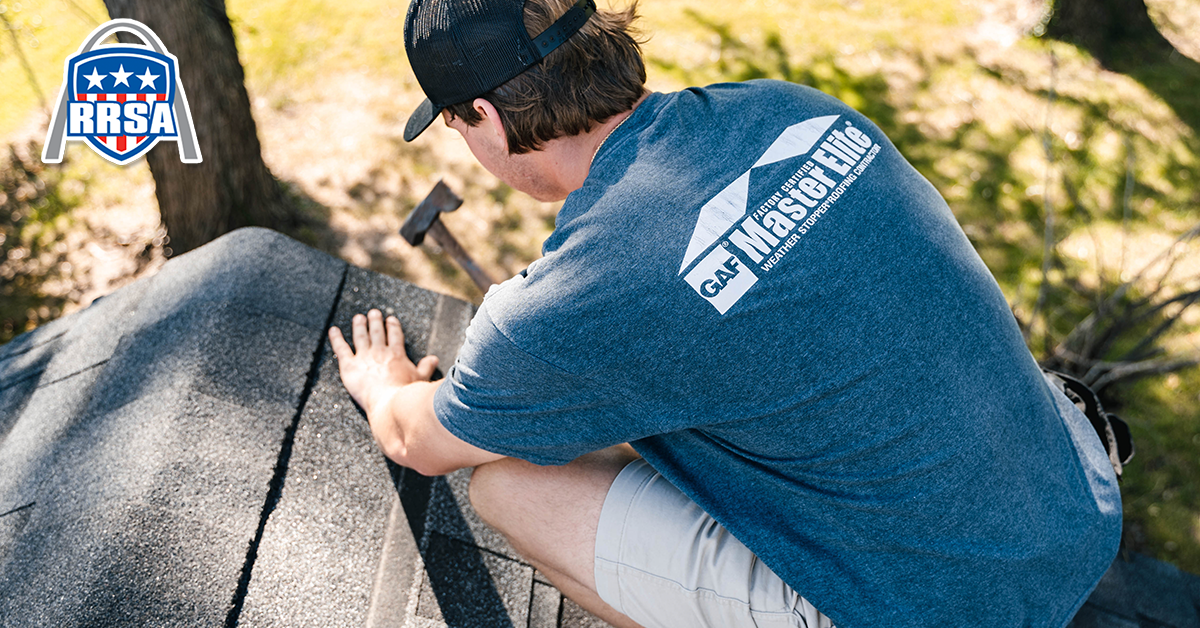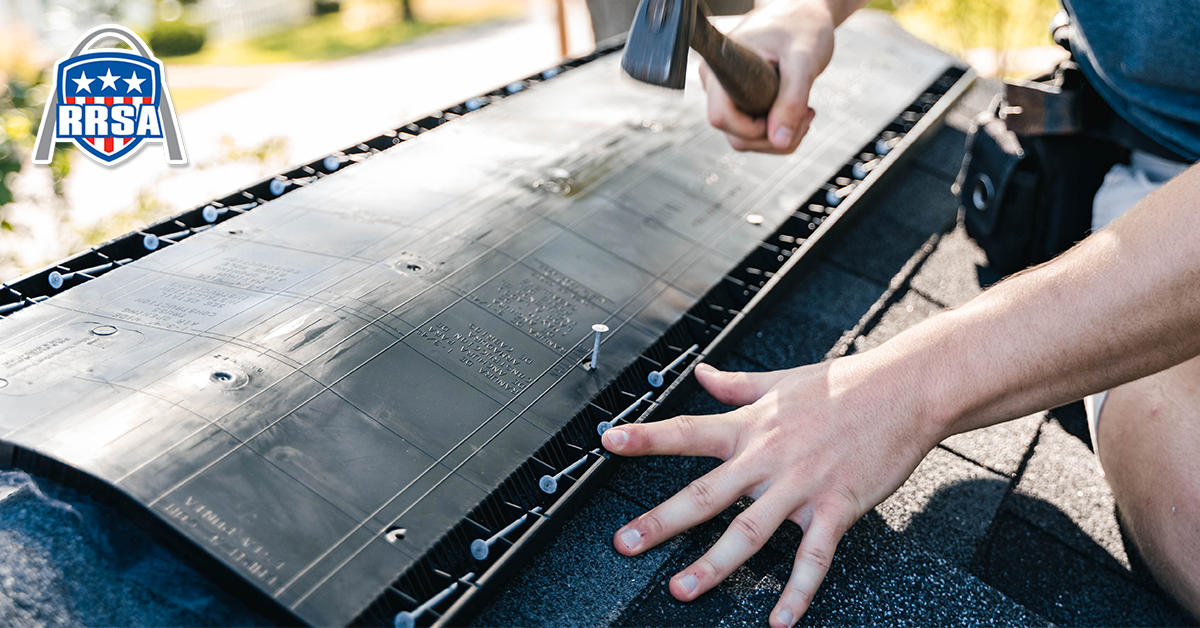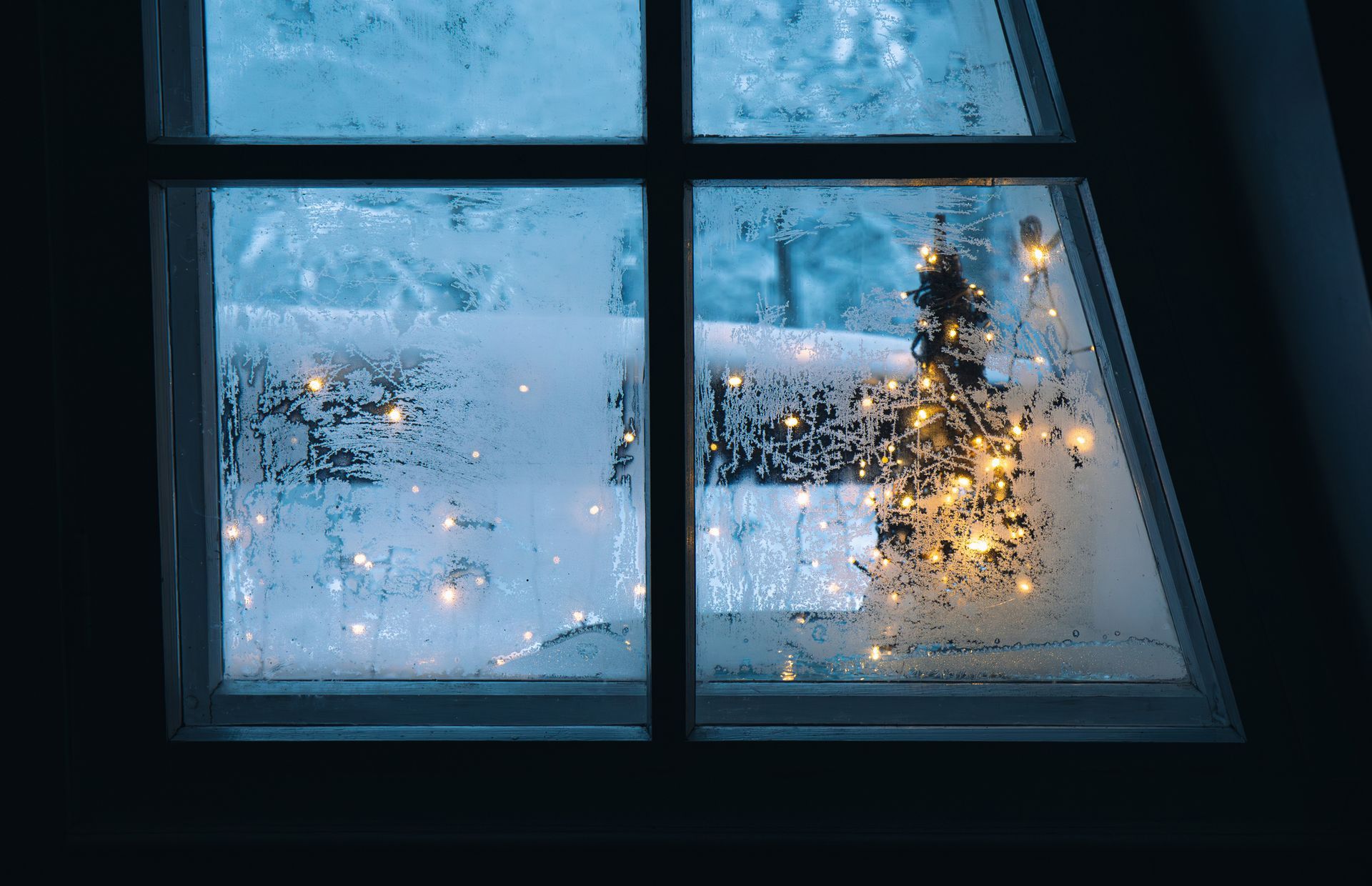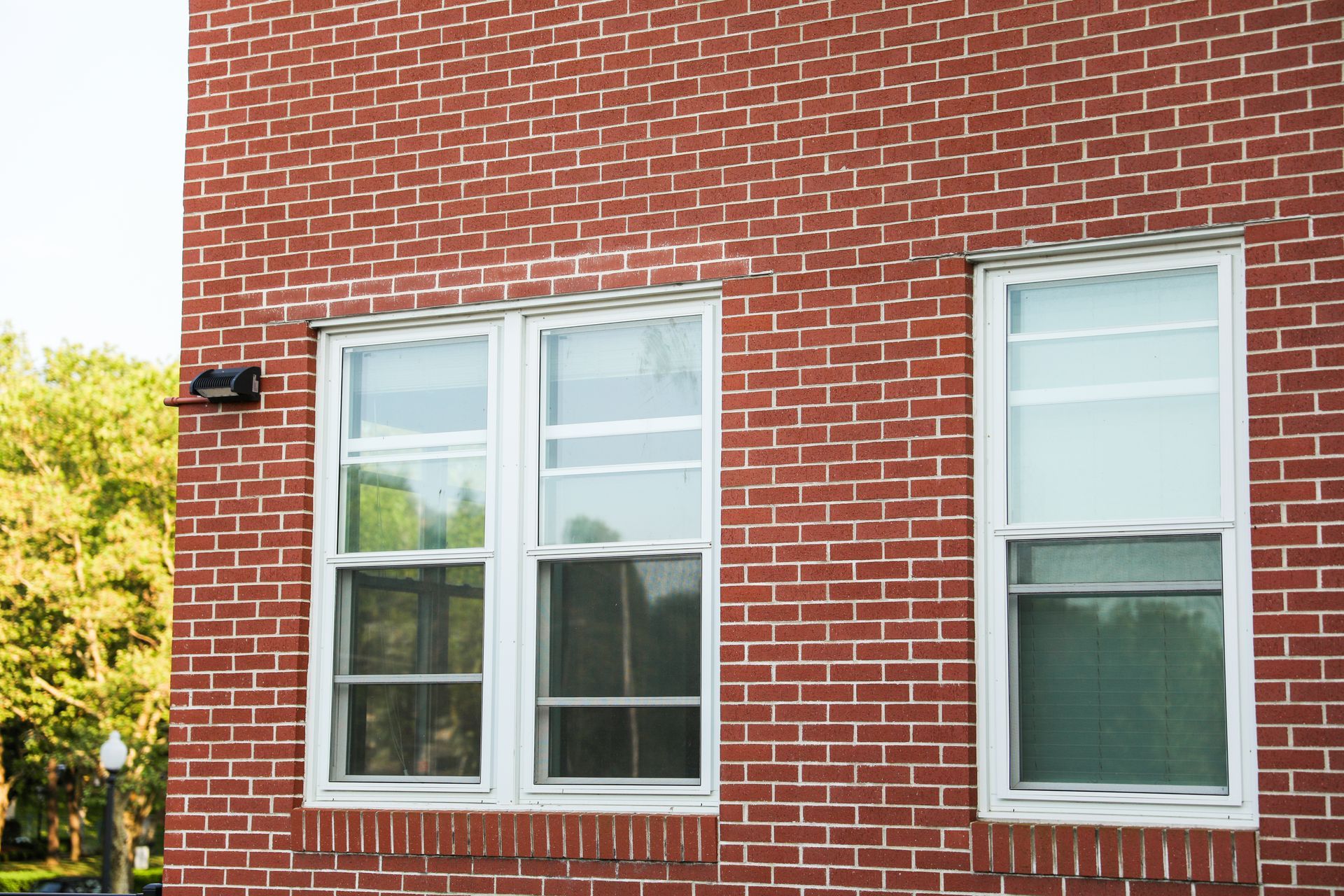Vinyl vs Fiberglass vs Wood Windows: Which Material Makes Sense for Missouri Weather?
When it’s time to replace your windows, one of the biggest decisions you’ll face is what material to choose for your window frames. Each type - vinyl, fiberglass, and wood - offers its own mix of looks, performance, and price.
For St. Louis homeowners, where summers are humid and winters can be bitterly cold, the right window material makes all the difference in comfort and energy efficiency. Here’s how to decide which is best for your home.
Understanding the Missouri Climate
Before comparing materials, it helps to think about what your windows are up against.
St. Louis experiences hot, sticky summers and cold, windy winters. That means your windows need to handle:
- High humidity that can cause wood to swell or rot
- Intense sunlight that can fade materials over time
- Freezing temperatures that test thermal performance
- Frequent storms and shifting weather patterns
A durable, energy-efficient window frame can stand up to all of it while keeping your home comfortable year-round.
1. Vinyl Windows
Pros:
- Excellent insulation and energy efficiency
- Affordable and low-maintenance
- Moisture-resistant and won’t rot or peel
- Available in many colors and styles
Cons:
- Can warp under extreme heat if poorly made
- Limited ability to repaint or refinish
- May not match historic home aesthetics
Best for:
Homeowners who want a cost-effective, energy-efficient window with little upkeep. Vinyl windows are ideal for St. Louis’ mix of humidity and cold because they resist moisture and insulate well.
2. Fiberglass Windows
Pros:
- Extremely strong and durable
- Resists warping, rotting, and expanding in humidity
- Great insulation, often outperforming vinyl
- Can be painted and customized easily
Cons:
- Higher cost than vinyl
- Fewer style options than wood
Best for:
Those who want top-tier performance with minimal maintenance. Fiberglass windows handle Missouri’s weather beautifully - they stay stable through hot summers and freezing winters, making them a long-term investment.
3. Wood Windows
Pros:
- Classic, timeless beauty that suits older or historic homes
- Can be painted or stained for a custom look
- Naturally insulating when properly maintained
Cons:
- Requires ongoing maintenance (painting, sealing)
- Vulnerable to moisture, rot, and insects if not cared for
- Higher cost for materials and upkeep
Best for: Homeowners focused on aesthetics and authenticity. If you own a historic or traditional-style home, wood windows can preserve its charm - but be prepared for regular maintenance, especially in St. Louis humidity.
The Bottom Line for St. Louis Homes
If you want affordability and low maintenance, vinyl windows are a reliable choice.
If you’re investing in long-term durability and top insulation, fiberglass offers the best balance of performance and longevity.
If you value authentic design and natural warmth, wood might be worth the effort - just make sure to maintain it properly against moisture.
Let RRSA St. Louis Help You Choose
Choosing the right window material is an investment in your home’s comfort, efficiency, and curb appeal. At RRSA St. Louis, we’ll walk you through your options, show product samples, and help you decide what works best for your home and budget.
